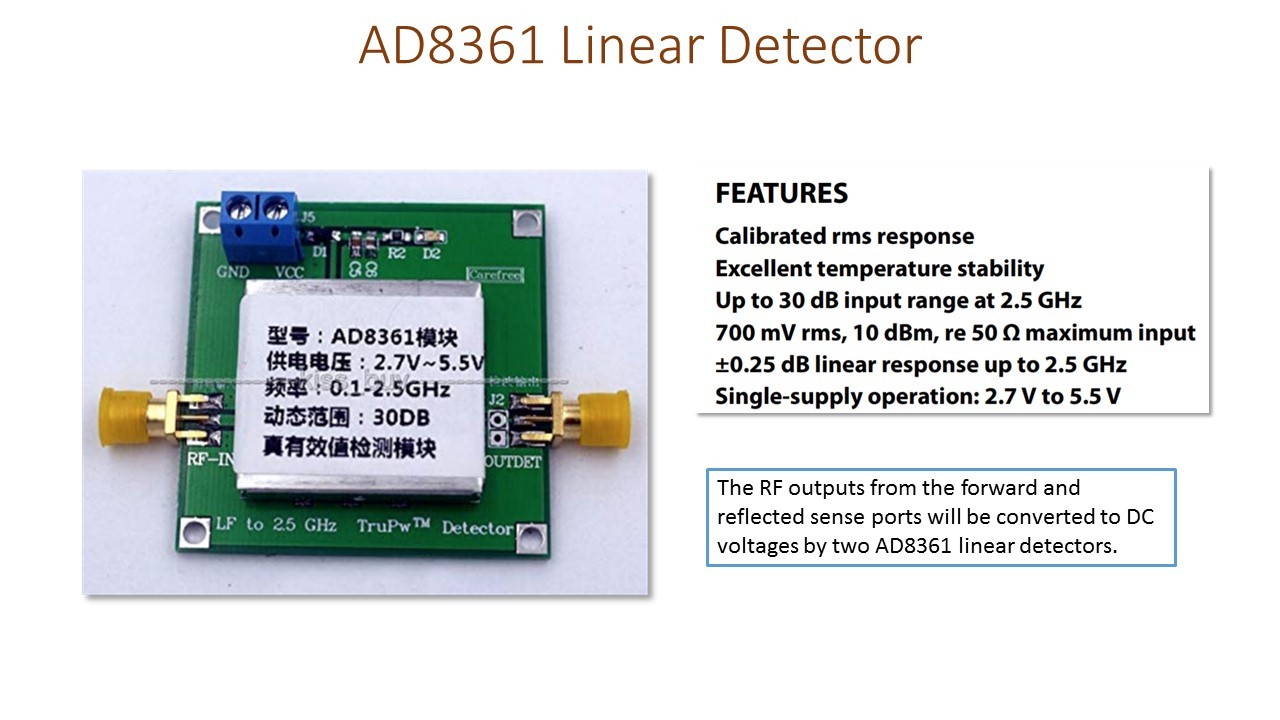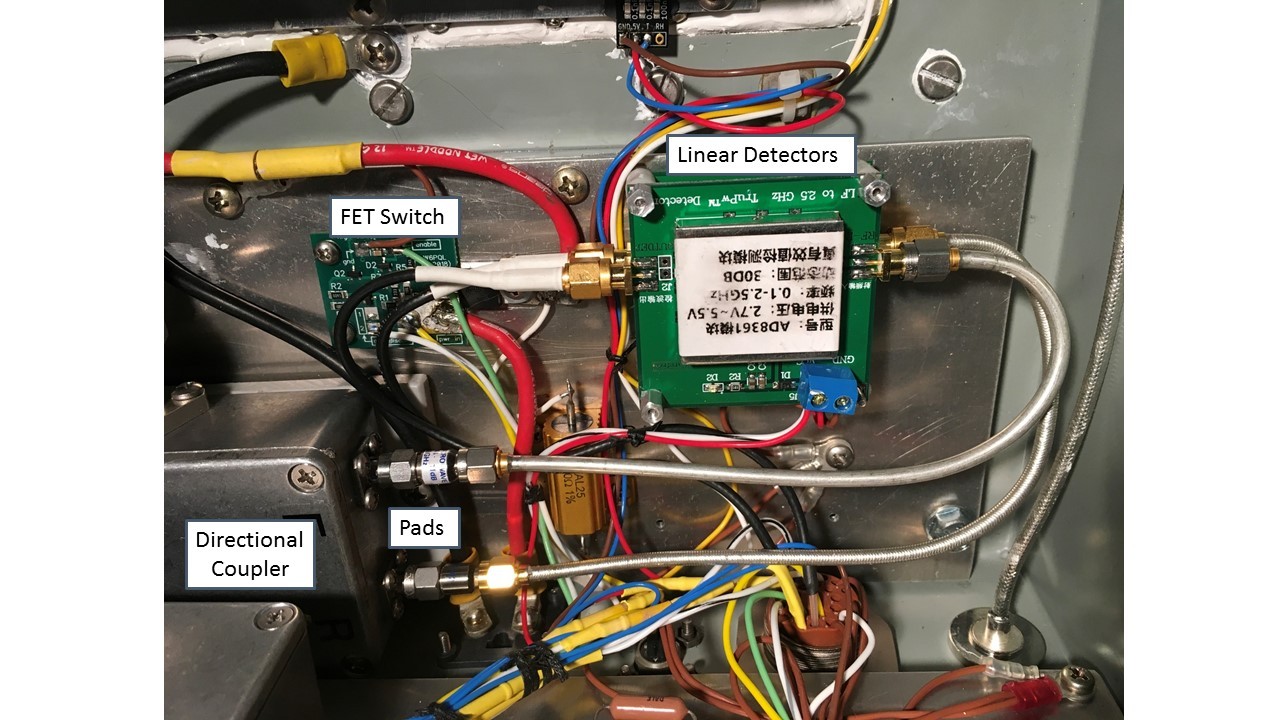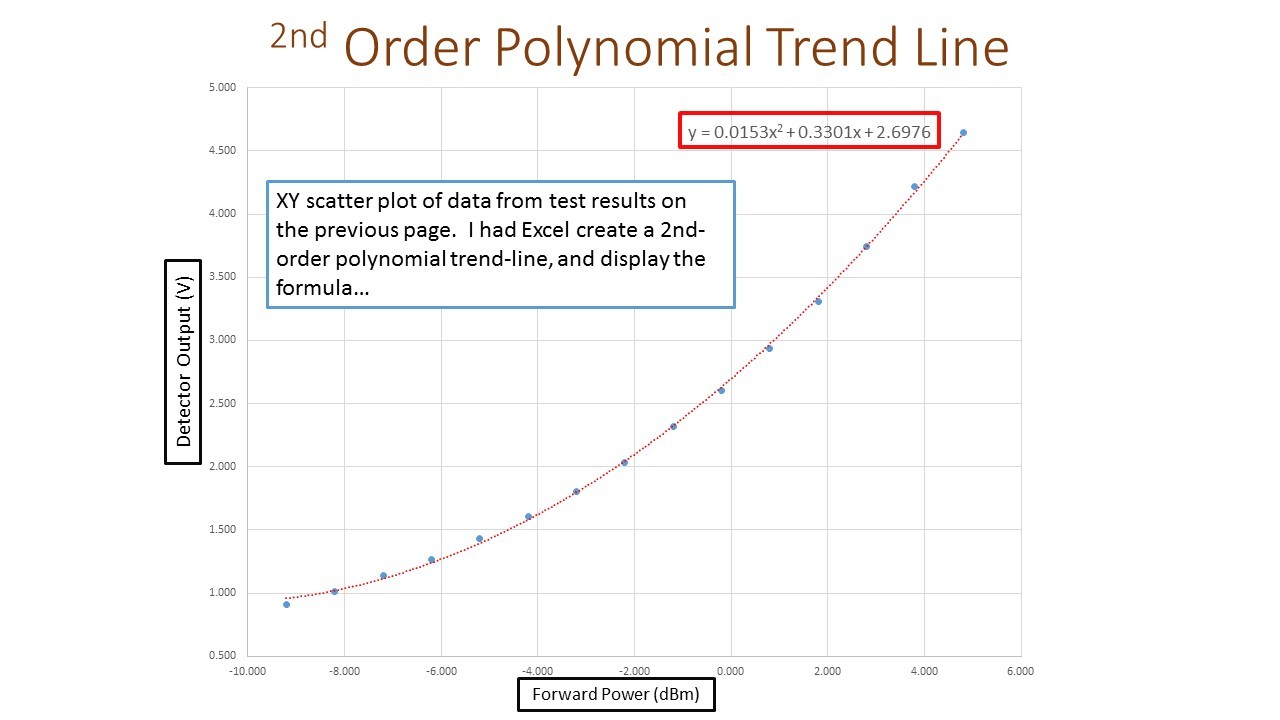Monitor / Control
















The performance of this Directional Coupler is critical and will determine the accuracy of my power measurements, and especially the accuracy of the reflected power.
This stock Hammond cast aluminum enclosure was a complete disaster at first. It wasn’t until the top surface of the enclosure was lapped smooth and the lid lined with a mesh EMI gasket material that it worked properly. The difference was spectacular…
Directivity in a coupler is the ratio between the input signal at the forward coupled port and the unwanted reflected signal at the reflected coupled port. It is a measure of how well the coupler isolates two opposite-traveling (forward and reverse) signals at the coupled ports. In the first case I’d have almost 9 watts of unwanted signal in the reflected port that could add or subtract from the actual value, depending on phasing. Once the lid issue was resolved that 33.3 dB value would result in less than 300 miliwatts of ambiguity…
The Directional Coupler is installed in the weatherproof enclosure and the forward and reflected ports are feeding two AD8361 Linear Detectors. Those detectors convert the RF signals to 0-5 Volt DC signals that I can feed to the Analog to Digital Converter in my Arduino processor board.
Those two attenuators in the coupled lines driving the linear detectors were necessary to put the input levels into the linear range of the detectors. My testing showed that the detectors started to compress with levels above+5 dBm…
This chart shows the relationship between forward power in dBm (X axis), and detector output in Volts (Y axis).
The dots are the actual test results and the red line is a second-order polynomial trend line. It’s a perfect match. This was all done using Excel. It can also display the formula it used to create the trend line (red box). I used that formula in my C-code to get the type of curve I wanted on my power meters…
I put these two inexpensive sensors in here in case anyone is interested. They both work well…